Precise Chimney Inspection to Detect Hidden Damage
Regular chimney inspections are essential for maintaining safe and efficient fireplace operation. Ensuring all components are functioning properly helps prevent potential hazards and prolongs the lifespan of the chimney system.
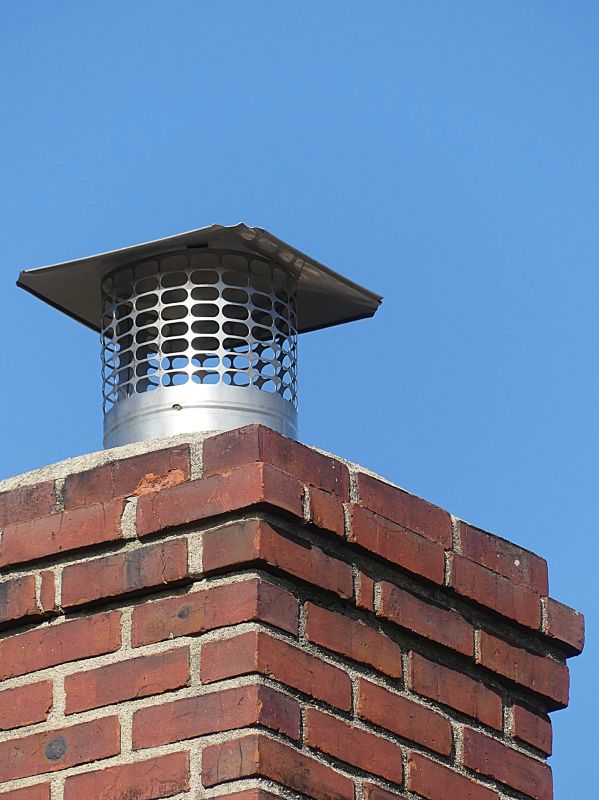
A chimney cap prevents debris, animals, and water from entering the chimney, reducing damage and blockages.
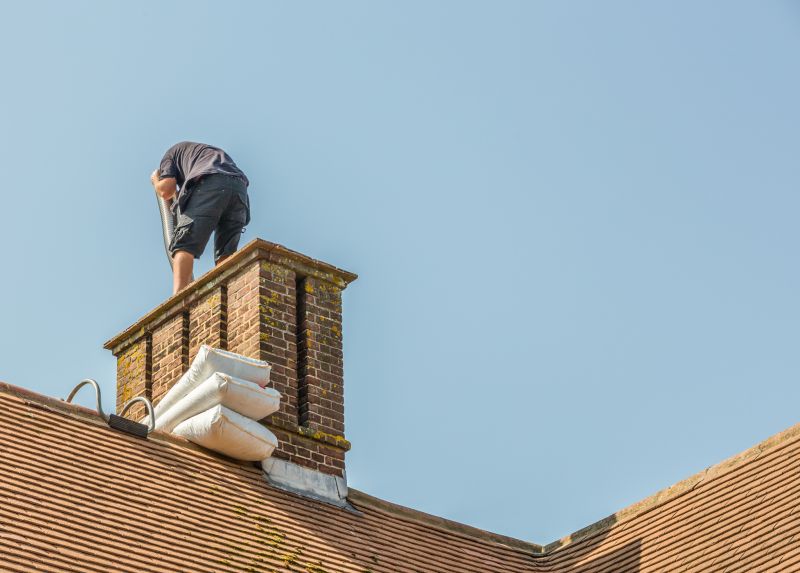
The liner protects the chimney walls from heat and corrosion, ensuring safe venting of smoke and gases.
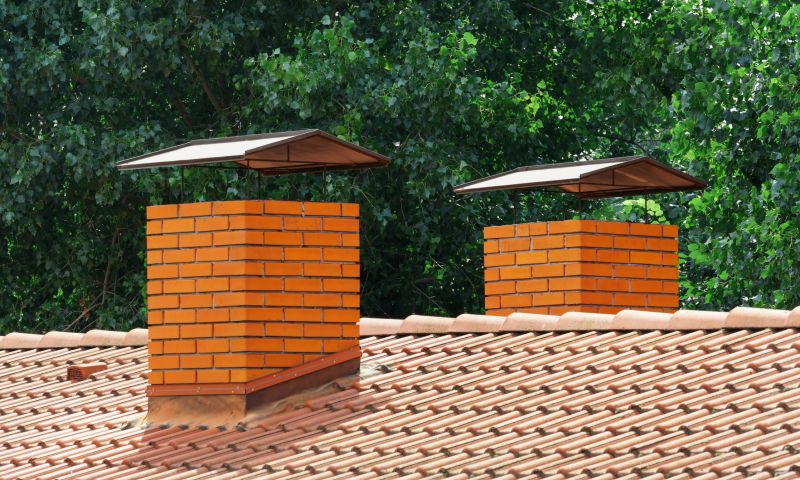
The damper controls airflow and prevents heat loss when the fireplace is not in use.

The flue directs smoke and combustion gases outside, maintaining indoor air quality and safety.
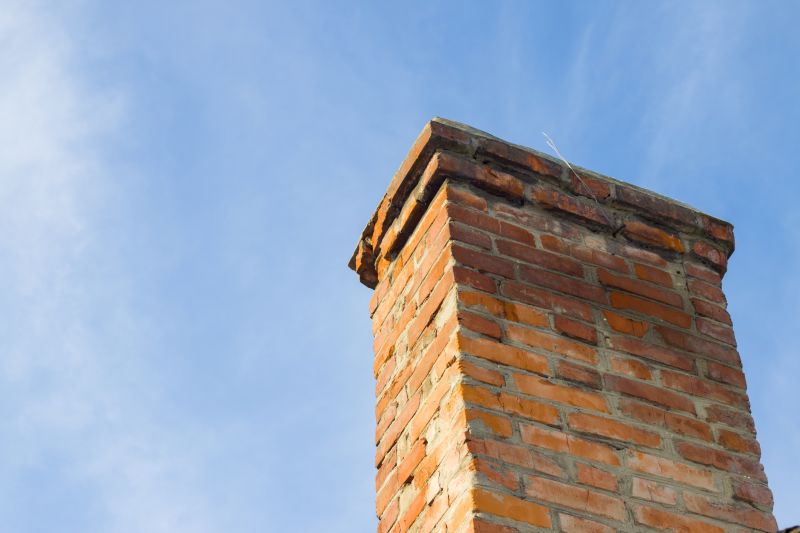
Inspecting brickwork helps identify cracks or deterioration that could compromise structural integrity.

The crown covers the top of the chimney, preventing water ingress and damage to the structure.
A thorough inspection of a chimney involves examining key components such as the chimney cap, liner, damper, and brickwork. Neglecting these elements can lead to dangerous situations, including fires caused by creosote buildup, carbon monoxide leaks, or structural collapse. Regular assessments help identify issues early, ensuring the fireplace operates safely and efficiently.
Routine inspections help detect obstructions, creosote buildup, and structural issues that could pose safety risks.
Cracks, blockages, and damaged liners are frequent issues that compromise chimney safety and performance.
Unaddressed problems can result in house fires, carbon monoxide poisoning, and costly repairs.
Chimney cap, liner, damper, crown, and brickwork are critical for safe operation.

A well-maintained wood burning fireplace ensures efficient heat and safe operation.
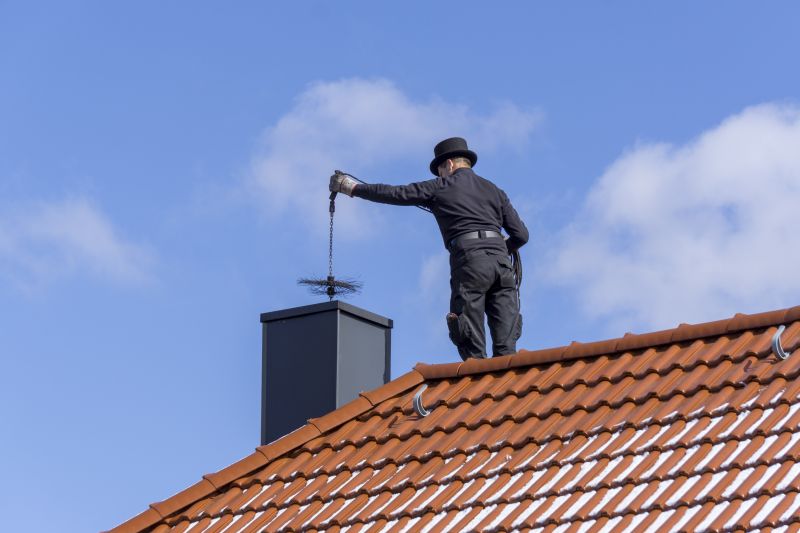
Technicians carefully examine all components for damage or deterioration.
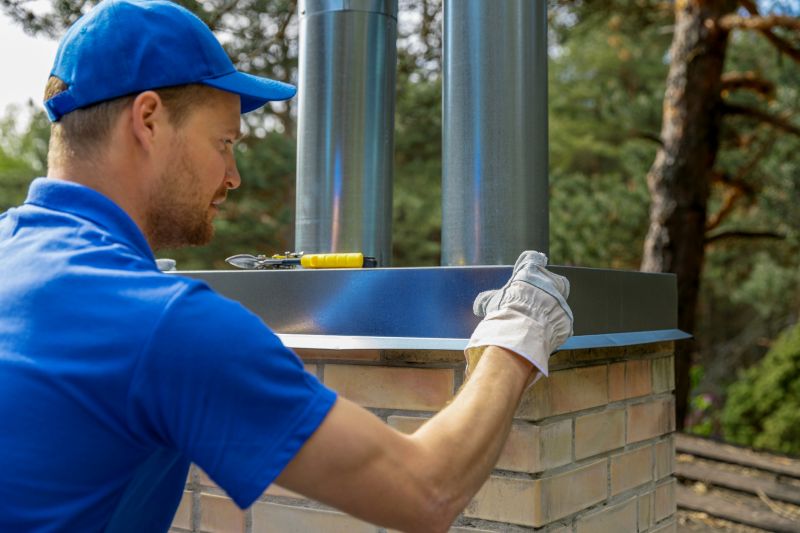
Accumulation of creosote can ignite and cause chimney fires if not removed.

Proper damper function is vital for controlling airflow and preventing heat loss.
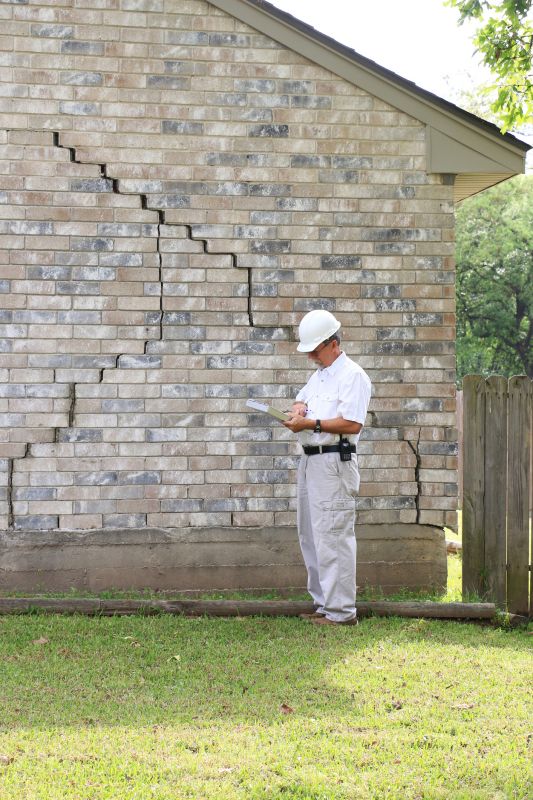
Inspecting brickwork helps identify cracks that could lead to structural failure.
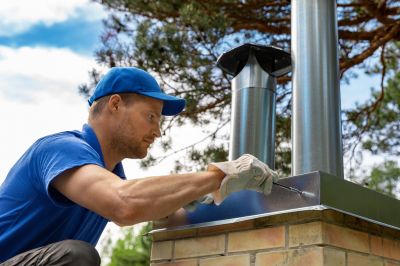
A solid crown prevents water penetration and extends chimney lifespan.
Scheduling regular chimney inspections is a proactive step toward fireplace safety. Detecting issues early can prevent costly repairs and reduce the risk of dangerous situations such as fires or carbon monoxide leaks. Proper maintenance of components like the liner, cap, and damper ensures optimal performance and safety.
